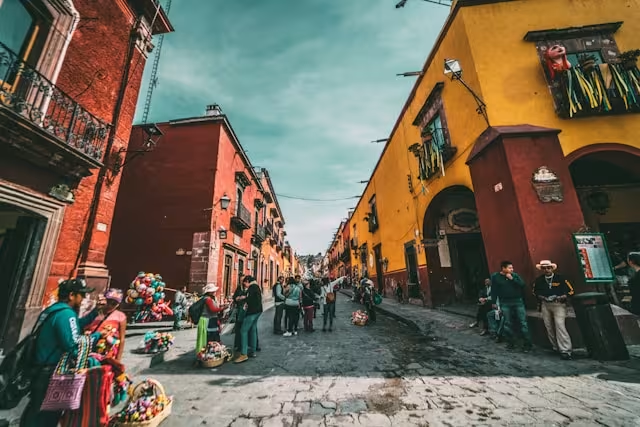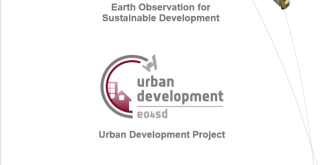Mexico

Mexico has been an important partner in the GEF-6 Sustainable Cities Integrated Approach Pilot (SC IAP), advancing integrated urban planning, climate action, and circular economy solutions through the participation of Campeche, La Paz, and Xalapa. As one of the most urbanized and biodiverse countries in Latin America, Mexico faces complex challenges related to rapid urban expansion, water scarcity, air pollution, and vulnerability to climate impacts.
Through GEF-6, Mexican cities strengthened their institutional capacity, developed evidence-based action plans, and piloted innovative technologies and nature-based solutions. Campeche focused on coastal resilience and wastewater management to protect the health of Campeche Bay; La Paz advanced clean energy transitions through municipal-scale solar installations; and Xalapa implemented a waste-to-energy initiative to reduce emissions, extend landfill life, and promote circularity. Mexico’s engagement provided important lessons for the global GPSC and GEF SCIP networks, demonstrating how mid-sized cities can lead on climate mitigation and resilience through integrated planning and targeted investments.



